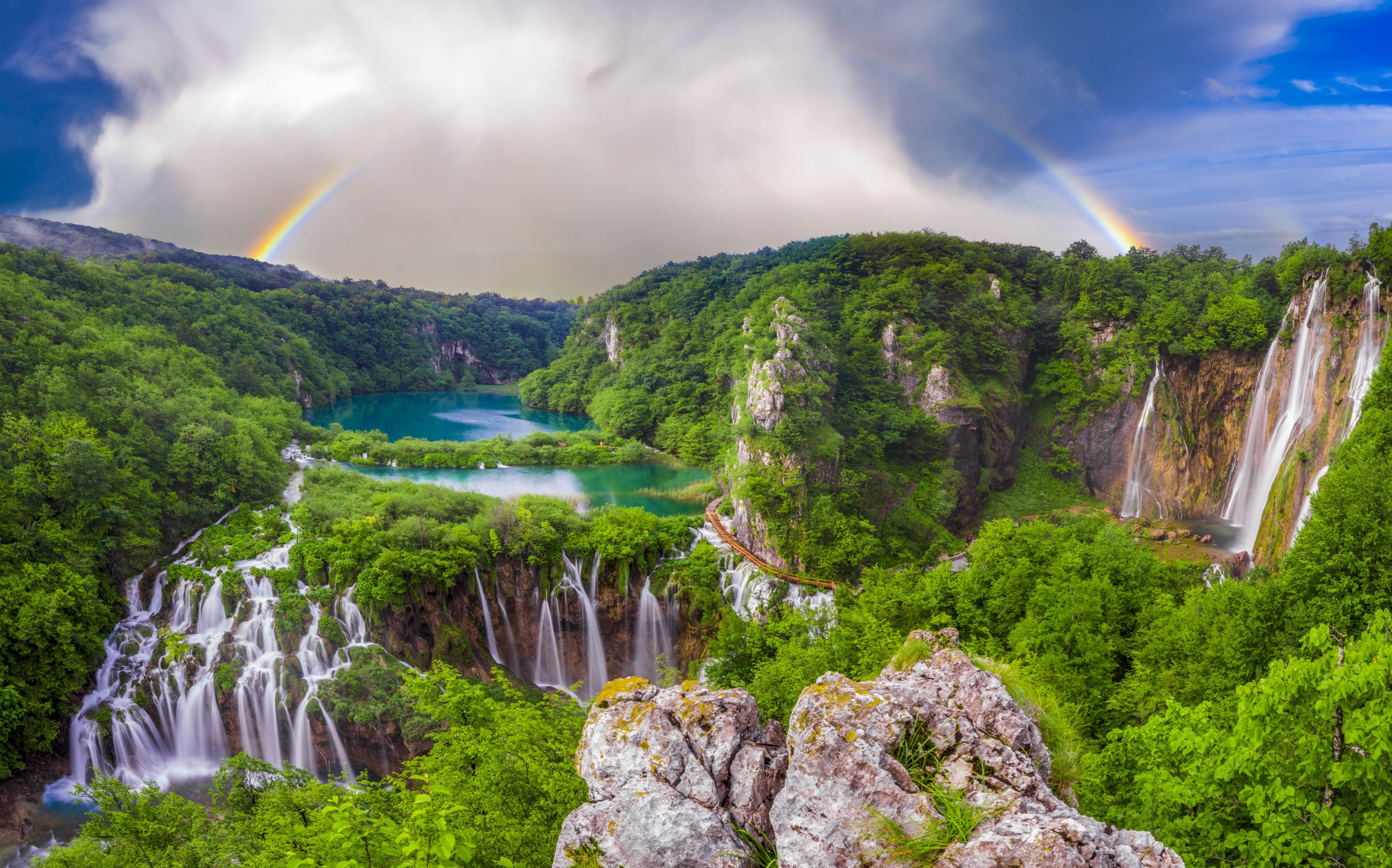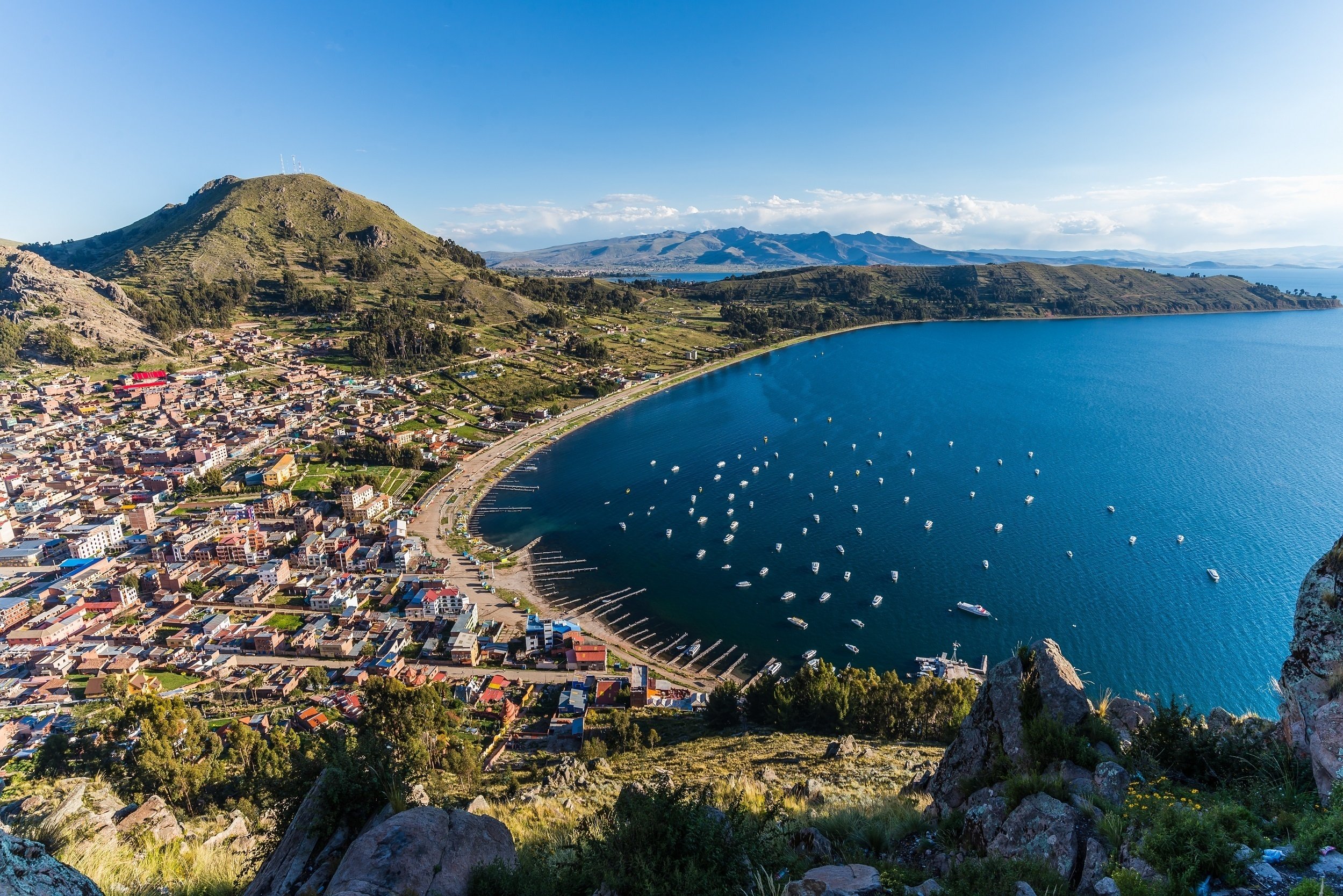© Turkuvaz Haberleşme ve Yayıncılık 2026
Today, I like to bring your attention to lakes and their unique landscapes, which have been the favorite choice of travelers, families and couples in recent years.
Lakes, whose structures can be fresh, salty or soda, are stagnant water bodies that fill the bowls of the earth. They are not part of the ocean but do form part of the world's water cycle.
Natural lakes are usually found in mountainous areas, rift zones and areas of ongoing glaciation, while other lakes are found in endorheic basins or along the course of mature rivers where a river channel widens into a basin.

Many lakes are artificial. They are built for industrial, agricultural use, hydroelectric generation, domestic water supply, aesthetic or other recreational activities.
Let's take a look at these beauties and their features, some of which make you feel like you are in a dream with their painting-like scenery.
The world's fifth largest freshwater lake by volume is Lake Nyasa, or Lago Niassa, also known as Lake Malawi, located between Malawi, Mozambique and Tanzania.
This lake is home to more fish species than any other lake in the world. Malawi is an ancient lake estimated to be 1 million to 2 million years old.
Lake Bled is a lake in the Julian Alps in northwest Slovenia, adjacent to the town of Bled.
Besides being a touristic area, it has a small island in a picturesque setting surrounded by mountains and forests.
The medieval Bled Castle is located on the northern shore of the lake and has a museum.
Known as the third largest lake in France and the cleanest in Europe, Lake Annecy is a popular tourist destination known for its swimming and water sports.
The lake was formed about 18,000 years ago when great mountain glaciers melted.
There is a cycle path leading to Ugine, which partly goes around Lake Annecy.
Moraine Lake is a glacier-fed lake in Canada.
When the lake is full, it reflects a distinctive shade of blue. The unique color is due to the refraction of light from the rock dust constantly deposited in the lake by the surrounding glaciers.
The view of the lake atop the rock pile is one of the most photographed sights in all of Canada.

Lake Titicaca is a large, deep freshwater lake in the Andes Mountains on the border of Bolivia and Peru, often referred to as the world's highest navigable lake.
By volume of water and surface area, it is the largest lake in South America.
It is known that other civilizations lived near Lake Titicaca before the arrival of the Incas. In 2000, an international team of archaeologists and divers found the remains of an underwater temple thought to be 1,000 to 1,500 years old, likely built by the Tiwanaku people.
Five major river systems feed Lake Titicaca: Ramis, Coata, Ilave, Huancane and Suchez.
Dal Lake is an urban lake in Srinagar, India. It is the second-largest lake in Jammu and Kashmir.
Frequently visited by tourists and locals, the lake is an integral part of tourism and entertainment in the valley of Kashmir.
The lake is also an essential resource for commercial operations in fishing and aquatic plant harvesting.
The shoreline of the lake is surrounded by a boulevard lined with Mughal-era gardens, parks, houseboats and hotels.
Plitvice Lakes National Park is one of the oldest and largest national parks in Croatia.
Extraordinary and picturesque tuff lakes connected by waterfalls and caves, the park has been accepted to the UNESCO World Heritage List. More than 1 million visitors visit the park each year.
The national park is famous for its lakes linked by waterfalls. These lakes were formed by the confluence of several small rivers and underground karst rivers.
The lakes are renowned for their distinctive colors, ranging from azure to green, gray or blue. The colors change constantly depending on the number of minerals or organisms in the water and the angle of sunlight.
Lake Beyşehir is a large freshwater lake located in the provinces of Isparta and Konya in southwestern Turkey. It is Turkey's largest freshwater lake.
The lake is fed by streams flowing from the mountain, and although it is a national park, it is also used for irrigation and aquaculture.
There are 32 islets of various sizes in the lake, and it is an important spot for many bird species.
Lake Powell is an artificial reservoir on the Colorado river in the United States. It is an important holiday destination visited by about 2 million people every year.
The reservoir is named after John Wesley Powell, a Civil War veteran who discovered the river in 1868 with three wooden boats.
Lake Baikal in Russia is the largest lake in the world by volume.
In terms of surface area, it is the seventh largest lake in the world and among the clearest.
Lake Baikal, which is a rift lake, is home to thousands of plant and animal species, many of which are endemic to the region.
It was declared a UNESCO World Heritage site in 1996. The lake, whose age is estimated to be 25 million to 30 million years old, is the oldest lake in geological history.
Surrounded by mountains, it is also protected as a national park. The lake, which has 27 islands, is also home to a wide variety of endemic flower species.
There are 236 bird species, 29 of which are waterfowl, living in Lake Baikal.
